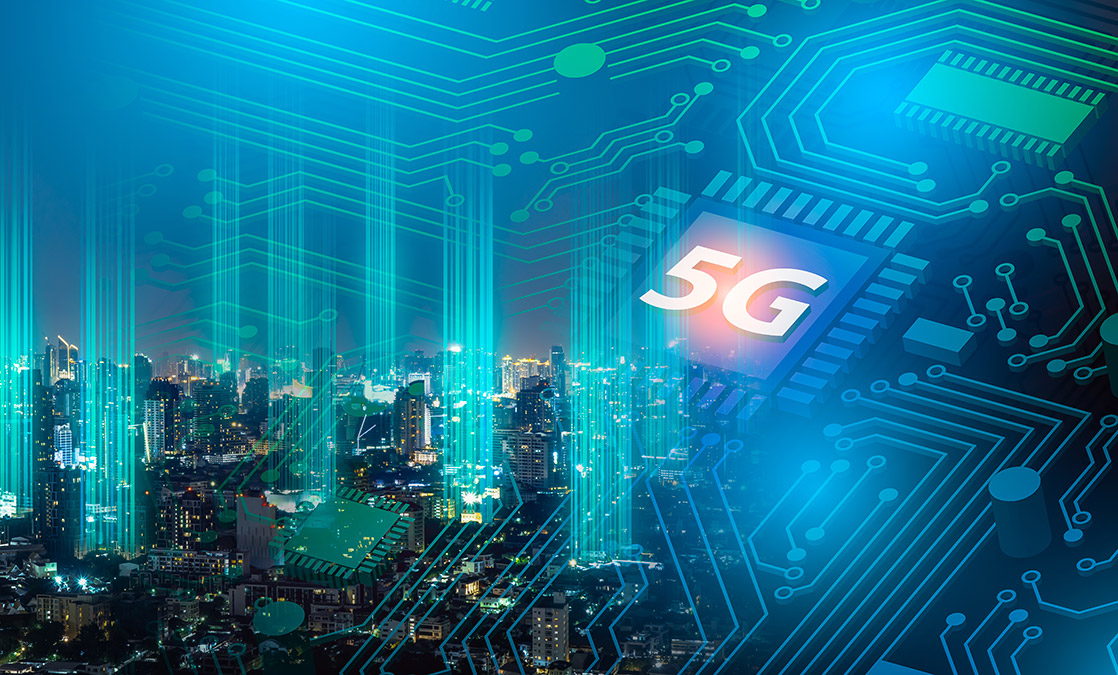In today’s fast-paced world, where information flows at lightning speed and connectivity is paramount, communication has become the backbone of our society. From simple phone calls to video conferences and the Internet of Things (IoT), our reliance on seamless and efficient communication is undeniable. To meet these ever-growing demands, the development of 5G technology has emerged as a groundbreaking leap forward in the field of telecommunications. With its promise of lightning-fast speeds, ultra-low latency, and massive device connectivity, 5G is revolutionizing the way we communicate, paving the way for a future filled with endless possibilities.
5G, or the fifth generation of wireless technology, builds upon the foundation laid by its predecessors, 2G, 3G, and 4G. While these earlier generations focused primarily on enhancing voice and data services, 5G takes communication to new heights by integrating various technologies to deliver unparalleled performance. It leverages advanced features like higher frequencies, wider bandwidths, and advanced antenna technologies to provide faster data transfer rates and reduced latency.
One of the most notable advantages of 5G technology is its incredible speed. With peak download speeds projected to reach up to 20 gigabits per second (Gbps), 5G is around 100 times faster than its predecessor, 4G. This tremendous speed allows for virtually instantaneous data transfers, enabling tasks that were previously unimaginable. For instance, downloading a high-definition movie could be completed in a matter of seconds, and lag-free streaming of 4K and 8K content becomes a seamless reality.
The ultra-low latency of 5G is another game-changing aspect of the technology. Latency refers to the time it takes for data to travel from one point to another. With 5G, latency is reduced to an unprecedented level, reaching as low as one millisecond. Such minimal latency is critical for applications that require real-time responsiveness, like autonomous vehicles, remote surgeries, and virtual reality (VR) experiences. By minimizing delay and ensuring instantaneous feedback, 5G unlocks possibilities that were previously limited by the constraints of latency.
Furthermore, 5G technology enables massive device connectivity, paving the way for the era of the Internet of Things. The IoT refers to the network of interconnected devices that communicate and share data with each other. With 5G’s capacity to support a significantly larger number of devices per unit area, the IoT ecosystem can flourish and extend its reach into various sectors such as healthcare, transportation, agriculture, and smart cities. This connectivity enables smart devices to seamlessly communicate with each other, leading to enhanced automation, efficiency, and convenience in our daily lives.
The development and deployment of 5G technology are not without their challenges. One significant hurdle is the need for a massive infrastructure overhaul. 5G networks rely on a dense network of small cells and advanced antenna systems to provide coverage and deliver high-speed connectivity. This requires the installation of a vast number of small cell towers and the implementation of fiber-optic cables to handle the increased data traffic. Additionally, the higher frequency bands utilized by 5G have shorter wavelengths, which means that they have shorter ranges and are more susceptible to obstructions. As a result, a larger number of smaller cells are required to ensure seamless coverage.

Another challenge that arises with the deployment of 5G is the need for increased cybersecurity measures. As more devices become interconnected and data transfer becomes faster, the risk of cyber threats also intensifies. With the expansion of the IoT, the attack surface widens, making it essential to implement robust security protocols and encryption mechanisms to safeguard sensitive information and protect against unauthorized access. The development of 5G technology must go hand in hand with stringent security measures to ensure a safe and reliable communication infrastructure.
The impact of 5G technology extends far beyond faster download speeds and improved connectivity. It has the potential to transform entire industries and revolutionize sectors such as healthcare, transportation, manufacturing, and entertainment. In healthcare, for example, 5G enables remote patient monitoring, telemedicine, and real-time data transmission, bringing healthcare services to underserved areas and enhancing patient care. In transportation, 5G can power connected vehicles, enabling efficient traffic management, reducing accidents, and facilitating the transition to autonomous driving. In manufacturing, 5G’s low latency and high reliability can optimize processes through automation and remote control, leading to increased productivity and cost savings. Moreover, in the entertainment industry, 5G can deliver immersive experiences through augmented reality (AR) and virtual reality (VR), transforming how we consume media and interact with digital content.
The development of 5G technology is a testament to the ever-evolving nature of human ingenuity. As we continue to push the boundaries of what is possible, 5G stands as a symbol of progress and innovation in the realm of communication. Its lightning-fast speeds, ultra-low latency, and massive device connectivity promise to redefine the way we live, work, and interact with the world around us. However, the journey to a fully realized 5G-enabled future is not without its challenges. As we address the technical, infrastructural, and security obstacles that lie ahead, we must also ensure equitable access and inclusion, bridging the digital divide and leveraging this transformative technology to benefit all of humanity.
In conclusion, 5G technology is revolutionizing communication on an unprecedented scale. With its remarkable speed, ultra-low latency, and massive device connectivity, 5G has the potential to transform industries, enhance automation, and enable groundbreaking applications. While there are challenges to overcome, the development of 5G represents a significant leap forward in our quest for seamless and efficient communication. As we embrace this technology, we must do so responsibly, ensuring security, inclusivity, and equitable access for all. The future powered by 5G is undoubtedly promising, and its impact will be felt in every aspect of our lives, ushering in a new era of connectivity and innovation.

